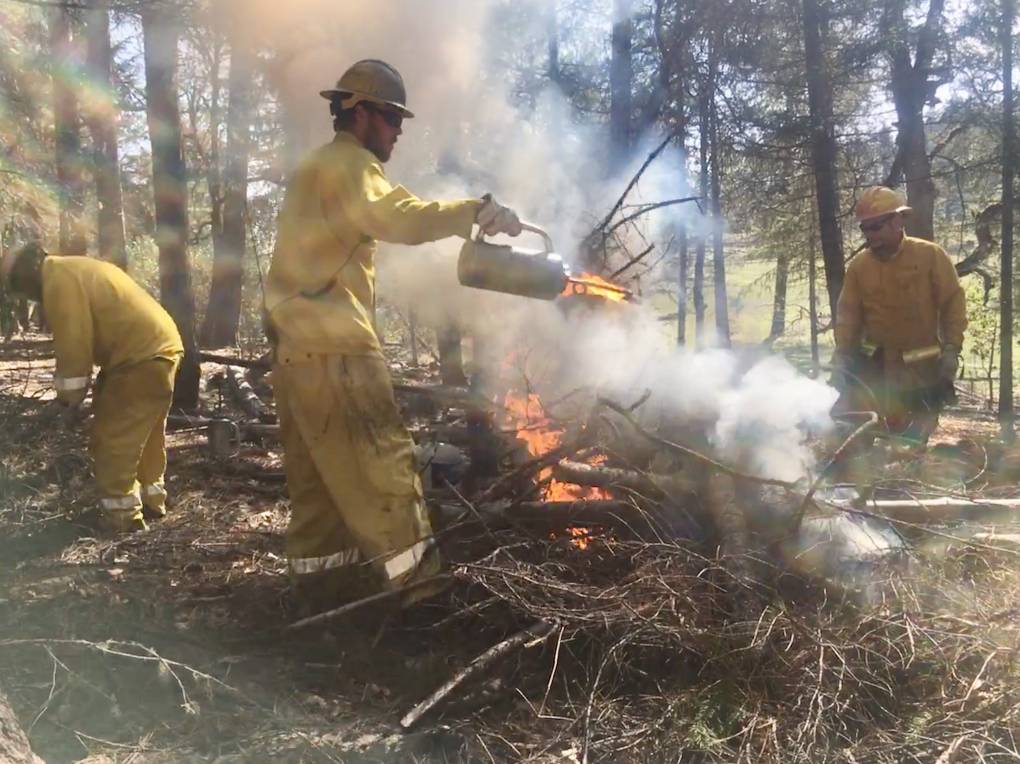“There’s vegetation all around homes and trees overlapping, and [residents] love the beauty and the look of that,” said Michael Gollner, a researcher and fire expert at UC Berkeley. “But when a fire comes through, it has a clear path to just keep propagating through the community.”
So what would have helped? Living in communities prepared for fire. How to prepare isn’t a mystery. It just takes convincing residents to get their communities involved.
“I hope that emerging from this [disaster] can be a much more serious conversation around fuels and community design,” said Michael Wara, a climate and energy expert at Stanford University.
California and the federal government have poured a lot of money into fire resilience, but there is room for much more, Wara said. For example, the state has taken steps to ramp up prescribed fire, but there have not been many burns next to communities.
There has been more investment in fuels management crews, but less investment in enforcing tough, defensible space codes, like having a five-foot buffer of non-combustible material around a house, what experts call “Zone 0.”
When an area rebuilds after a fire, adopting stringent requirements — such as using fire-resistant materials and requiring 30 feet between buildings — helps neighborhoods prepare for the next fire.
What’s needed is community support for fire resilience. Some communities oppose vegetation removal or defensible space inspections or prescribed fire near homes. Some areas that have rebuilt chose to waive certain requirements, including parts of Santa Rosa that burned in 2017.
 Altadena resident Herb Wilson and his wife, Loyda Wilson, survey their home that was destroyed in the Eaton Fire northeast of Los Angeles on Thursday, Jan. 9, 2025. The couple was on vacation in Hawaii when the fire broke out, so they were not able to retrieve any belongings. (Beth LaBerge/KQED)
Altadena resident Herb Wilson and his wife, Loyda Wilson, survey their home that was destroyed in the Eaton Fire northeast of Los Angeles on Thursday, Jan. 9, 2025. The couple was on vacation in Hawaii when the fire broke out, so they were not able to retrieve any belongings. (Beth LaBerge/KQED)
While adopting new fire safety codes can be expensive and inconvenient, according to Gollner, he hopes the impacted Los Angeles communities will embrace them “so that if there’s a future fire in this area, we no longer would see such a destructive event.”
“If we’re going to have available, affordable insurance in California — not just now, but in 10 years as climate change gets worse — we need to do that stuff now,” Wara said, adding that there is only so much politicians can do.
“I don’t blame the politicians for that at all. It is about the people in communities,” he continued. “It is about community consensus and community solidarity, people taking responsibility for doing the work and for helping their neighbors to do the work.”
Fires that ignited in the San Bernardino National Forest last year were successfully fought, in part, because of prescribed burns by the U.S. Forest Service. The Line Fire threatened the Angelus Oaks community in early September 2024, but it slowed, and firefighters were able to control and redirect it when it entered a burn scar from the previous June.
“They saved that community using prescribed fire,” Wara said. “We need more of that. And the real barrier there is not the money, it’s not the agency, it’s the community acceptance.”

